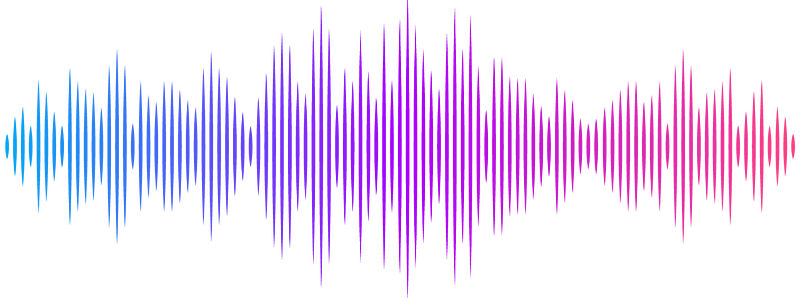Early onset of Ca2+ waves and synchronization in multicellular clusters facilitate focal arrhythmogenesis in human heart failure

Early onset of Ca2+ waves and synchronization in multicellular clusters facilitate focal arrhythmogenesis in human heart failure
Kazakova, D.; Colman, M.; Pradhan, A.; Gudaitis, L.; Nys, L.; Cools, B.; Rega, F.; Vandenberk, B.; Terracciano, C. M.; Roderick, L.; Sipido, K.; Dries, E.
AbstractBackground: Spontaneous Ca2+ release events and waves are frequent in isolated ventricular cardiomyocytes from failing hearts (HF) and are proposed to initiate arrhythmias in the intact heart. However, evidence supporting whether single-cell Ca2+ waves trigger tissue-wide depolarization in the intact heart is scarce, particularly in human HF. We characterized Ca2+ waves at single-cell resolution within the multicellular network of the intact heart and identified propagating dynamics and mechanisms facilitating arrhythmogenesis at tissue level. Methods: Living myocardial slices (LMS) from HF and non-HF human hearts were prepared from left ventricular tissue and paced at 2 Hz under adrenergic stimulation. Ca2+ transients and waves were recorded by wide-field imaging of Fluo-8. Ca2+ waves in relation to single-cell structures within each LMS were identified using custom algorithms. Computational modelling assessed whether experimentally observed HF Ca2+ waves dynamics can lead to focal excitation in tissue models. Results: Following pacing, early-onset Ca2+ waves, initiating within the first 2 seconds, were more frequent in HF compared to non-HF, and HF cardiomyocytes had more foci, where Ca2+ waves originate, than non-HF. Spatial mapping showed that early onset waves in HF occurred frequently in clusters of neighboring cells. Although early onset Ca2+ waves propagated similar distances in HF and non-HF cardiomyocytes, they more frequently crossed cell boundaries in HF. Particularly, HF LMS exhibited more side-to-side Ca2+ propagation, correlating with increased connexin 43 distribution to lateral membranes. Furthermore, HF LMS exhibited more local and global triggered Ca2+ activities compared to non-HF LMS, correlating with local tissue depolarization. Simulations of HF Ca2+ wave dynamics in remodeled tissue demonstrated a greater capacity to elicit focal excitation. Conclusions: In human HF, a higher incidence of early onset Ca2+ waves combines with altered intercellular connectivity to create synchrony in clusters of nearby cells that can overcome the current sink, thereby increasing arrhythmia susceptibility.